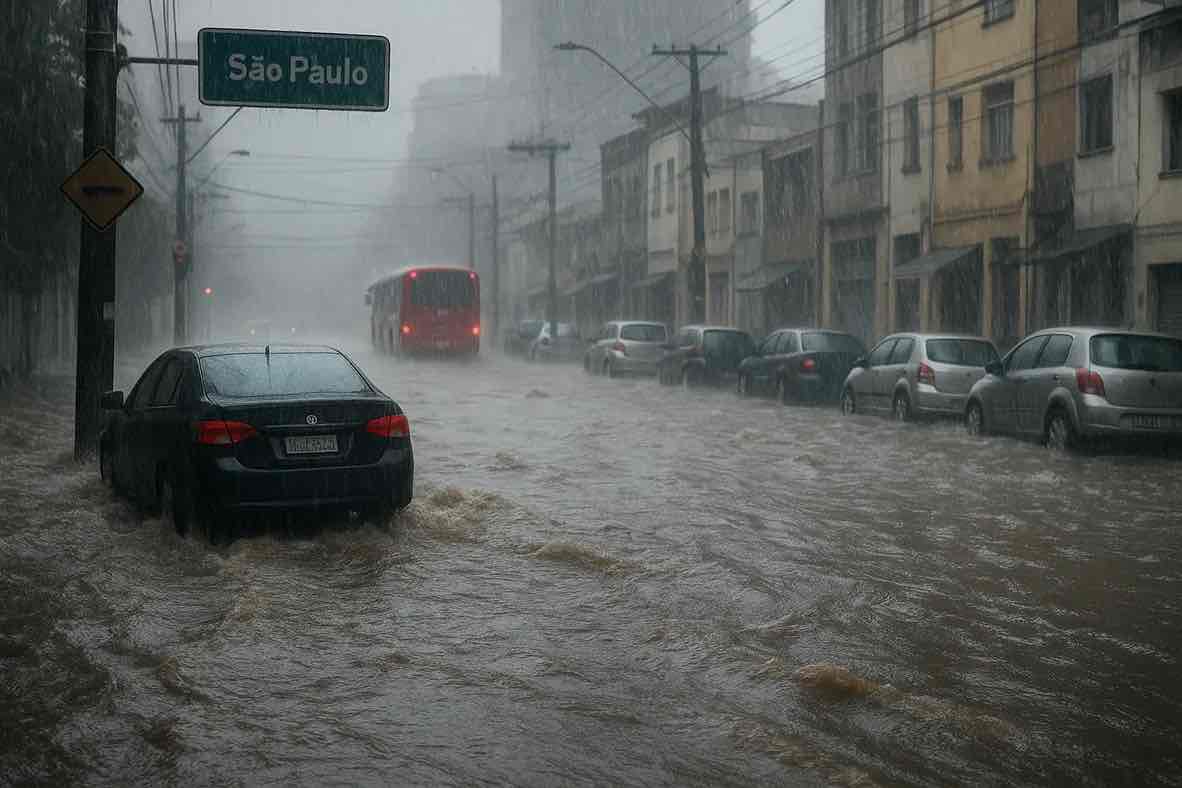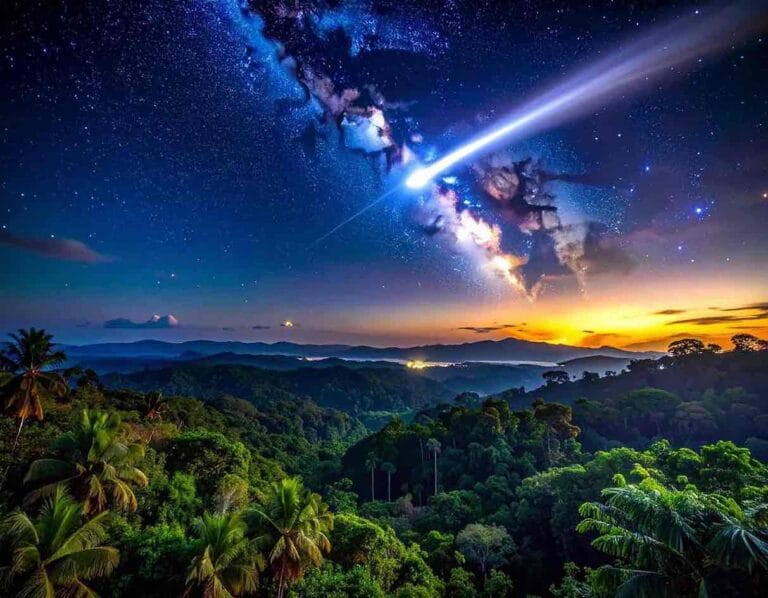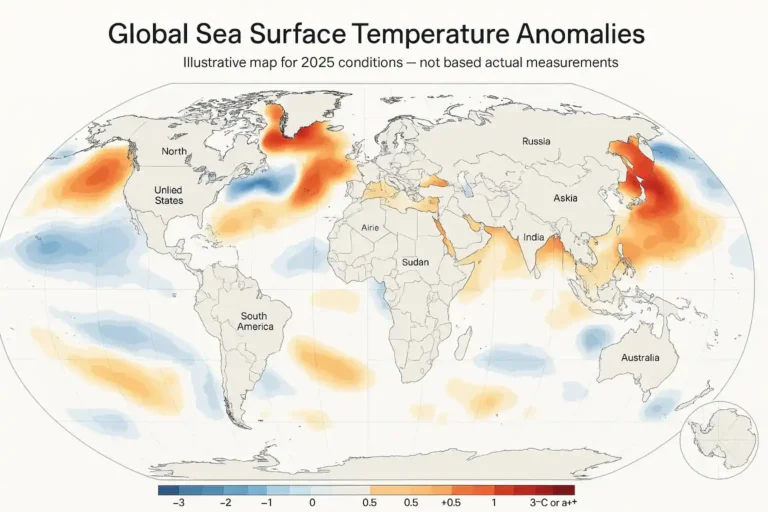In a country often battered by storms and floods, extreme weather in Brazil has revealed something unexpected — a new kind of localized rainstorm that scientists have named the “Toró” phenomenon. This rare discovery, emerging amid growing concerns about climate instability, could reshape how meteorologists understand tropical weather systems.
Also read: What Happened to Sonja Engelbrecht? The Enduring Mystery of Munich’s Missing Woman Since 1995
Understanding the “Toró” Phenomenon
The study, recently published on arXiv [1], details how researchers identified sudden bursts of hyper-localized rainfall — sometimes lasting less than ten minutes — that can flood streets or trigger landslides within minutes. These events, described as “Toró,” differ from traditional tropical storms by their extreme intensity and limited geographic reach.
Scientists believe that these storms form when moist air from the Atlantic collides with urban heat pockets, creating micro-storms invisible to standard weather radar. Their unpredictability makes them especially dangerous in Brazil’s densely populated cities.
Extreme Weather in Brazil and Its Broader Impacts
The rise of the Toró phenomenon is just one symptom of extreme weather in Brazil, which has intensified over the past decade. The country has faced unprecedented rainfall, severe droughts in the Amazon, and destructive flooding in Rio Grande do Sul and São Paulo.
Experts warn that without improved prediction models, urban communities will remain highly vulnerable. However, this discovery offers hope: understanding Toró could lead to new early-warning systems and better infrastructure planning.
Climate Change Effects: The Hidden Catalyst
Behind the rise of “Toró” lies a larger pattern — the unmistakable climate change effects reshaping tropical regions. Global temperature rise amplifies evaporation and humidity, turning ordinary rain into destructive torrents. Brazil, positioned near the equator, stands at the forefront of this transformation.
Meteorologists suggest that the country’s unique geography — combining rainforests, coastlines, and megacities — acts as a “laboratory” for studying how climate change influences micro-weather events.

Rethinking Extreme Weather in Brazil
While the discovery of the Toró phenomenon is a scientific breakthrough, it also serves as a wake-up call. Brazil’s climate future will depend on how quickly it adapts to these unpredictable extremes. Investing in weather monitoring, education, and sustainable urban design could turn danger into opportunity.
In the face of extreme weather in Brazil, the “Toró” brings both warning and optimism — a reminder that even in nature’s fiercest moments, there is room for discovery and hope[1].
Also read: Mean Squirrel Chaos: How a California City Battles Unexpected Wildlife Attacks







